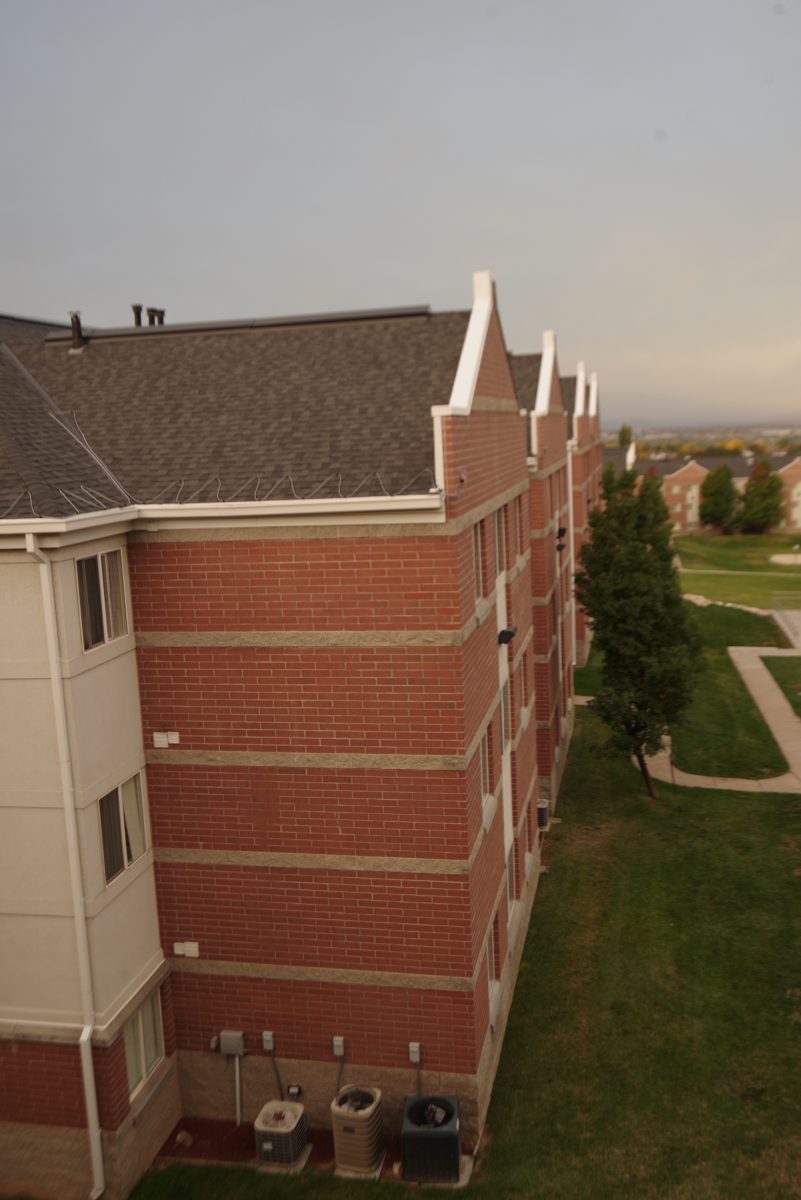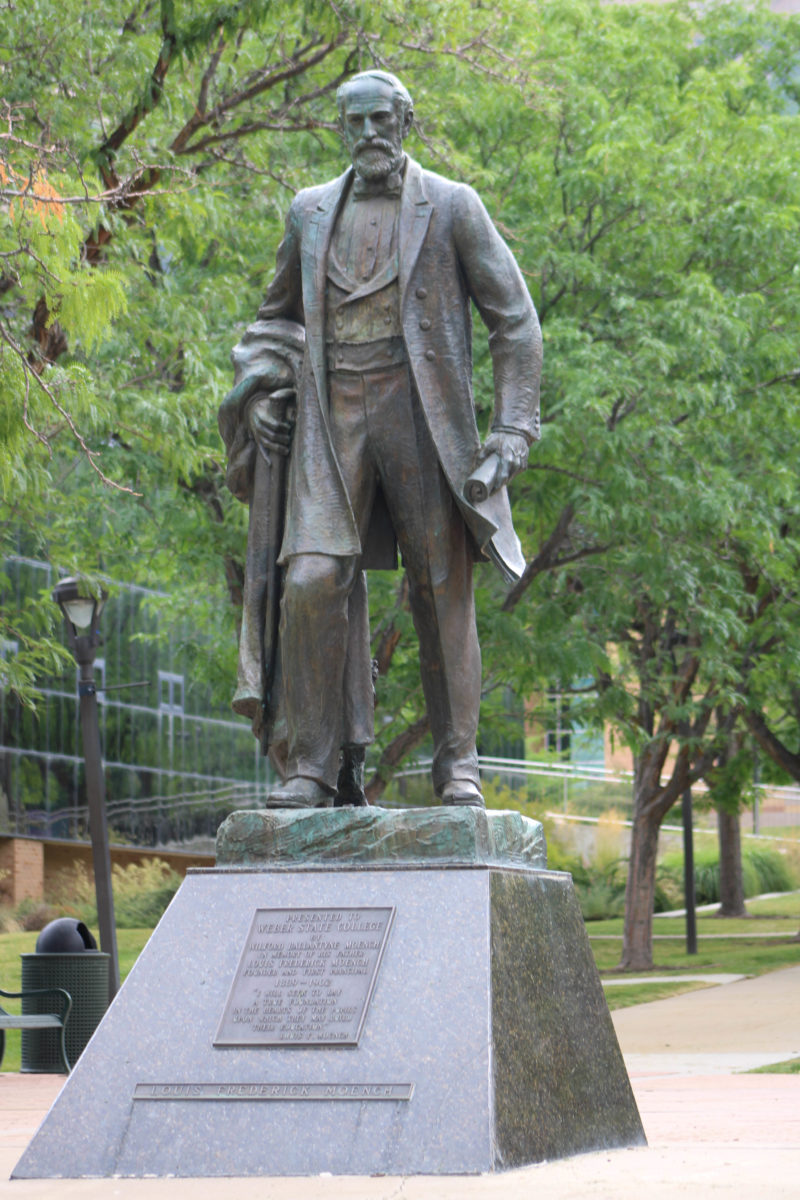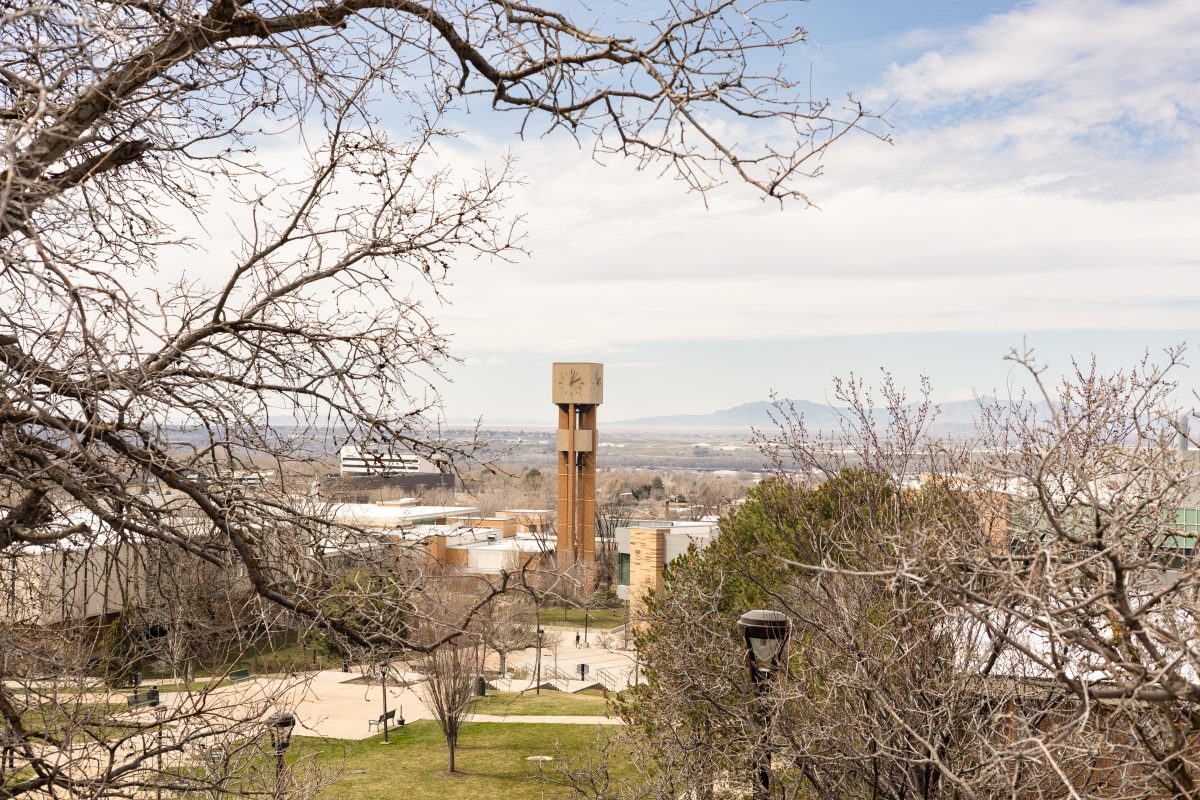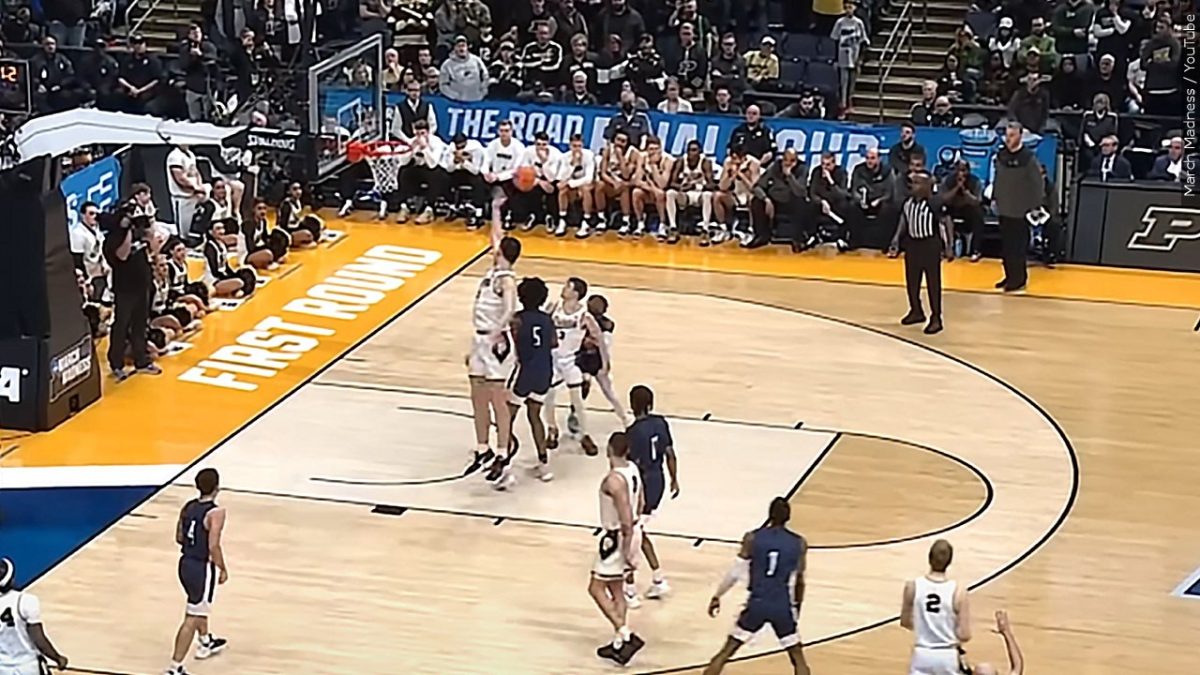
Like many Wildcats, I’ve grown up in Utah. I thought I had seen it all. I’ve been snowboarding in our famous mountains, I’ve wandered through Salt Lake City, and I’ve stopped in most of the small towns throughout various road trips in my life.
One place that has always just been a stop along the way and never further explored is St. George. After continuously seeing the scorching temperatures of St. George on the news throughout my life, it was never place I desired to be in for longer than a bathroom visit.
When we took Utah history in the fourth grade, we learned all about how Utah is a desert. That’s hard to believe, though, when you’re also stuck shoveling multiple feet of snow every year to merely leave your house.
This past Labor Day, I hit the road with friends to see St. George, Utah. Up until then, if you asked me about Utah, I would’ve told you it’s famous for its pioneers and mountains. However, in our very own backyard is a magnificent, 232-square-mile, science-filled landmark that people come from all across the world to see.
My journey to Zion National Park began much like my days to Weber State begin: with trying to find a parking spot. After finding a parking spot, we fought for a seat on one of the many shuttles transporting people to trailheads.
Our first stop was at Weeping Rock, the shortest of the hikes in Zion. Here there is an alcove cut by water into the cliff. Water seeps from this alcove, creating the image that the rock is raining. The rock hangs above and provides a nice shaded cover from the St. George temperatures.
The half-mile hike makes you feel as if you are on top of the world. But in actuality, there is so much above you. The Weeping Rock hike only has about a 100-foot change in elevation. The lowest elevation of Zion is 3,666 feet, and the highest elevation is 8,726 feet, according to National Geographic. This is one of the unique things about Zion: Unlike the Grand Canyon, much of Zion is spent from the bottom looking up.
Our second and final hike, due to the day being cut short by the chance of severe flash floods, was to the destination everyone wanted to see. The Emerald Pools hike is one of the most famous hikes at Zion, providing a view of three emerald pools. It is also one of the easier hikes at Zion. The hike to the lowest emerald pool is less than a mile. After hiking for about 30 minutes with the sun beating down on you, the trail provides a cool break with an oasis full of vegetation at the lower pool.
Going to Zion was something to do for fun over a long weekend. However, I learned more during that long weekend amidst red-and-white bends of Navajo sandstone than I learned in any high school science class. After all, there is millions of years of history behind the creation that attracts millions of tourists. So the next time you’re passing through St. George on your way to another destination, take a detour and explore one of Utah’s national parks.














